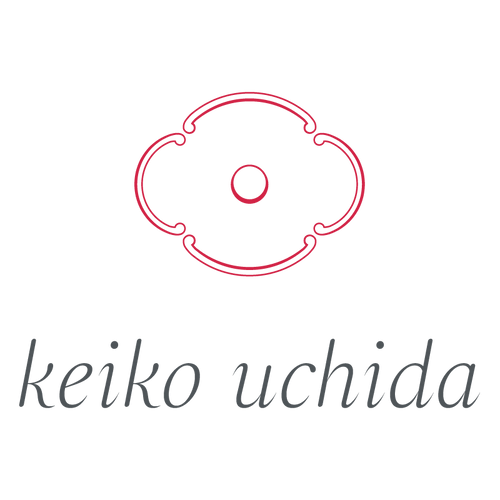There are many different styles of kimono. Like dresses, some kimonos are suitable for formal occasions, and some for more casual occasions. An interesting thing about kimonos is that casual kimonos can often be more expensive than more formal kimonos. I’d like to introduce some styles of kimono.
Meisen (Kimonos for Women)
Meisen kimonos were known as servant’s garment a long time ago, as the weavers collected their left over yarn, or rough cheap yarn, to create kimono fabric for themselves. As they were making them for themselves, they created bold and extravagant patterns to show off their talents and identity. All the patterns are woven in the fabric so needed a lot of skill. At the start of the 20th century, these bright and bold patterns became very popular. Currently many kimono lovers search out uniquely pattern meisen kimonos around the world. They’re not a servant’s garment anymore! We’ve imported and sold a lot of meisen kimonos and haori over the past few years, and have some wonderful meisen availble at our studio.
Homongi/Tsukesage (Kimonos for Women)
These are formal women’s kimonos, worn for wedding or formal parties – the equivalent of an evening gown. These kimonos don’t have any woven patterns, instead all the patterns are drawn or embroidered onto the fabric. Most of the kimono is plain, with the patterns on the left shoulder, sleeves and bottom of the kimono.
Iromuji (Kimonos for Women)
These are very minimalistic kimonos, which we wear when hosting the tea ceremony. We think that the host shouldn’t outshine the guests, so wear these humble, plain kimonos. Our guests are invited to enjoy the company, setting, season, art and craft, and of course tea. It doesn’t mean that we should dress completely plainly, just that our kimono shouldn’t be too bold and draw focus from everything else.
Komon (Kimonos for Women)
Komon kimonons have patterns all over. They can be woven patterns, as well as drawn, printed, and embroidered patterns. These kimonos are casual kimonos, suitable for going to the theatre, or going to lunch, but not for a formal party.
Tsumugi (Kimonos for Men and Women)
These kimono are woven from a very fine silk thread, so take a long time to make. Oshima in southern Japan is very famous for tsumugi kimono. Oshima tsumugi is known as one of the best woven fabrics in the world. As the silk is so fine, oshima tsumugi is very light to wear, but still warm. I love these kimonos, and many kimono lovers love the lustrous silk of tsumigi. There are a lot of interesting articles about Oshima Tsumugi, one of which you can read here. We have a great collection of men’s oshima tsumugi haori at our studio. Men’s kimonos and haori tend to be quite minimalistic in terms of patterns, but often have bold linings. They look simple from the outside, but when you take them off you have a surprise.
Overall quality is very important when buying a vintage kimono. I visited Kyoto to buy a lot of our kimonos and haori, and work with some excellent kimono suppliers in Kyoto and Nara, so all our pieces are very good quality. Our suppliers also send us new pieces quite regularly.
My mother used to be a kimono stylist and she is still a big fan of kimonos, just like me! I adore kimonos made with great technique, with beautiful embroidery, patterns, and colours. They make me so happy!

